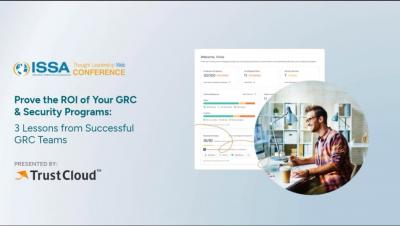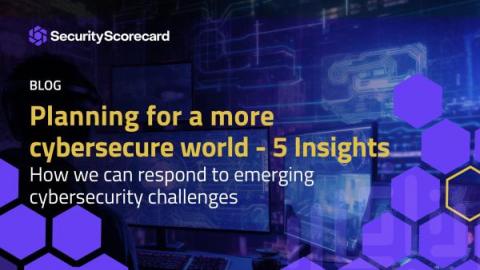How to Quantify the ROI of your GRC & Security Programs
GRC programs are often viewed as cost centers. But, they can in fact be profit drivers by contributing to sales acceleration, cost and time savings, and risk reduction. The real question is, how can you prove that to the board? TrustCloud teamed up with ISSA to discuss.








